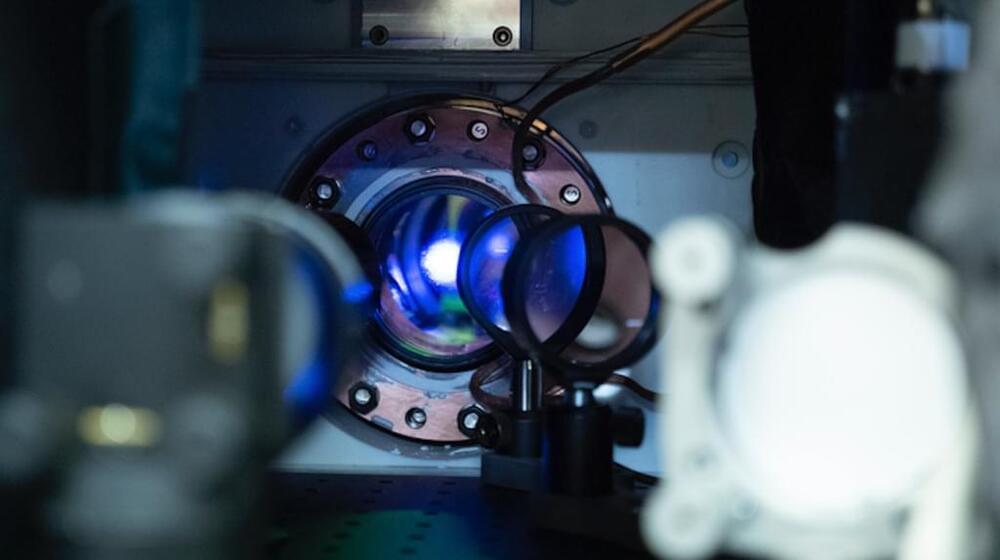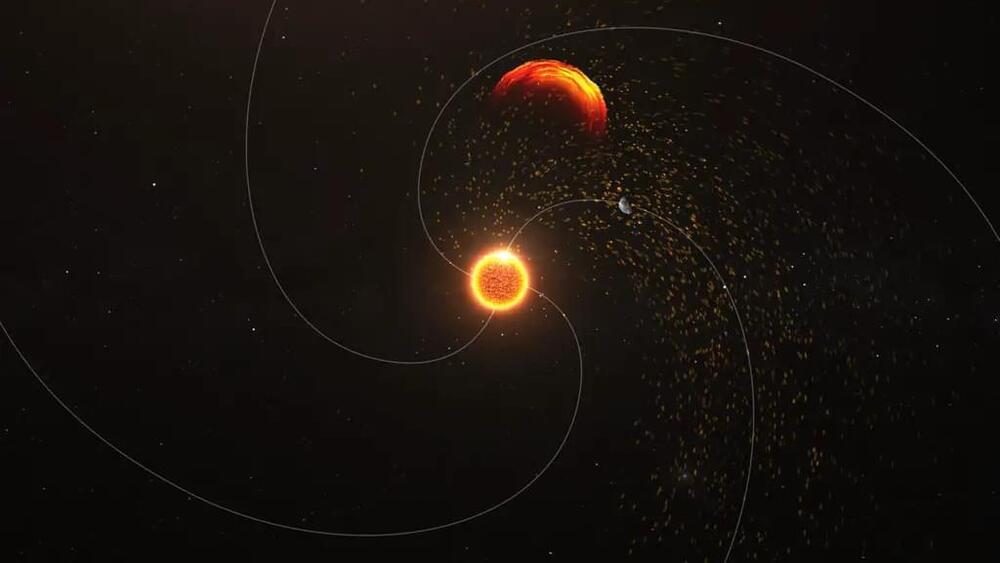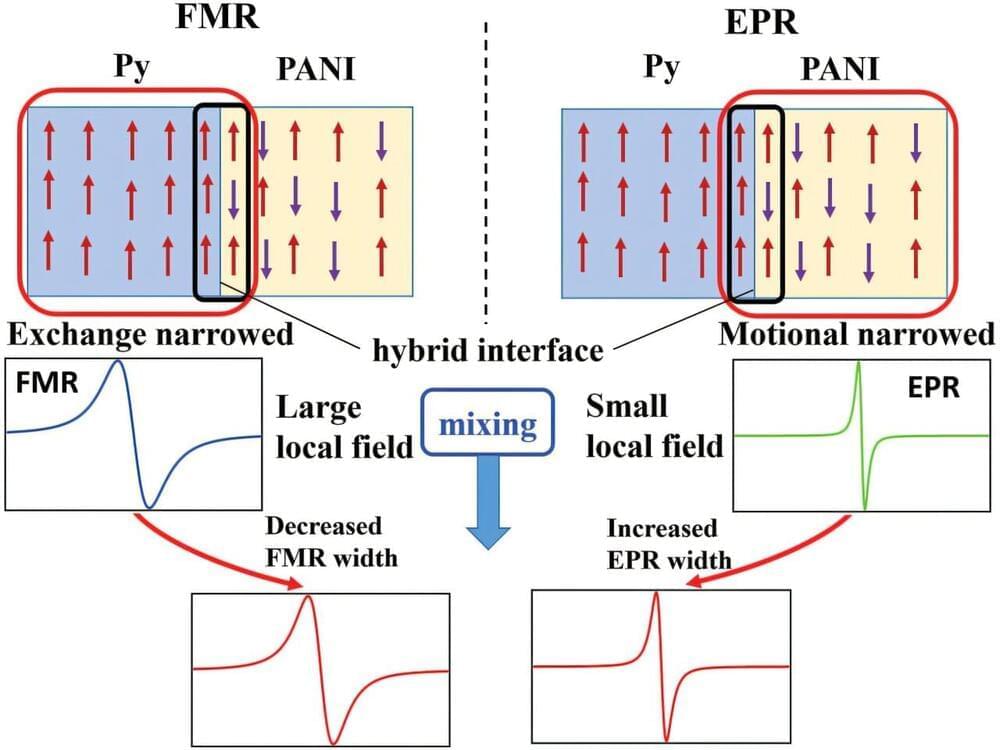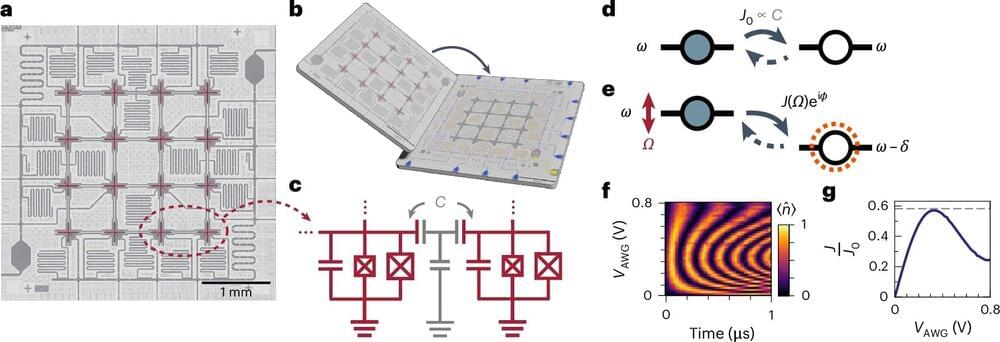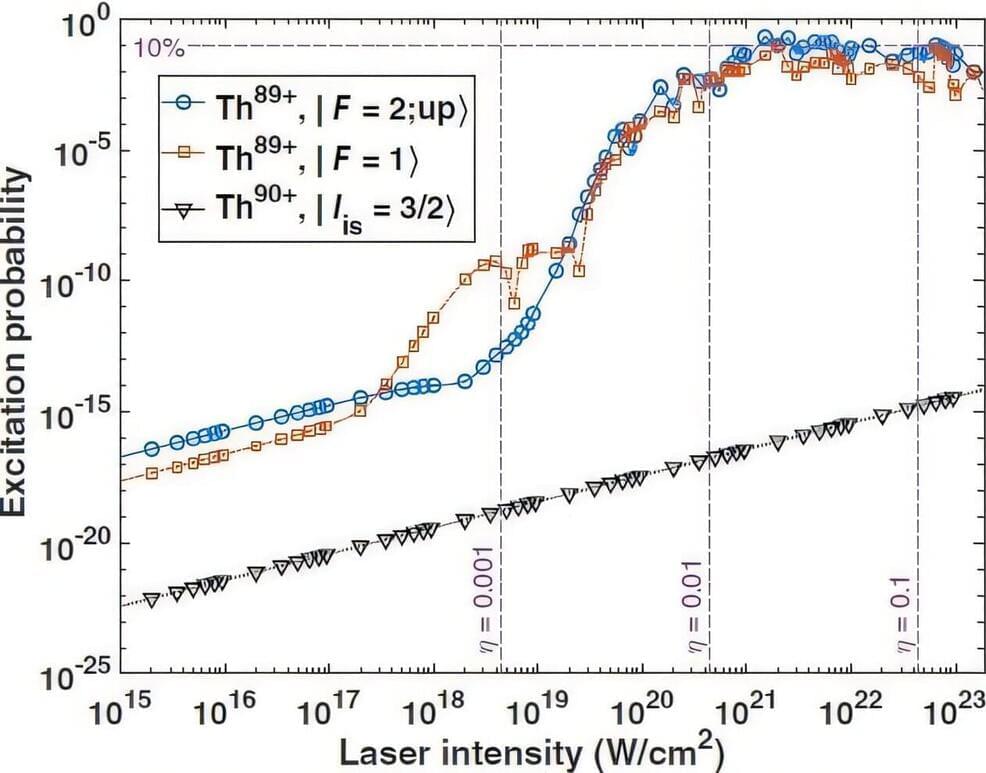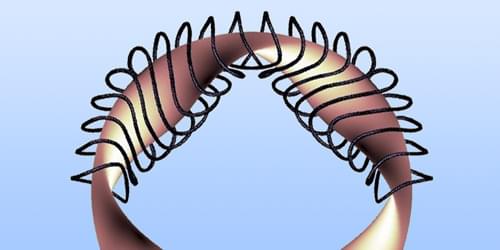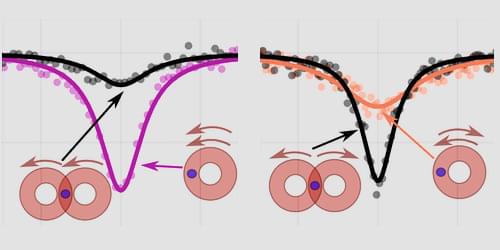Nov 9, 2024
Scientists Successfully Warp Time At The Smallest Scale Ever
Posted by Saúl Morales Rodriguéz in categories: innovation, particle physics
In a groundbreaking study published in Nature, scientists from JILA—a partnership between the National Institute of Standards and Technology and the University of Colorado Boulder—have managed to measure time dilation at an unprecedentedly small scale. This breakthrough involved detecting time differences between two clocks spaced only a millimeter apart, a distance as small as the width of a pencil tip. The experiment marks a major step forward in the precision of atomic clocks and sheds new light on the effects of gravity on time as outlined in Albert Einstein’s theory of general relativity.
Clocks that Measure the Effects of Gravity at the Millimeter Scale
Continue reading “Scientists Successfully Warp Time At The Smallest Scale Ever” »
